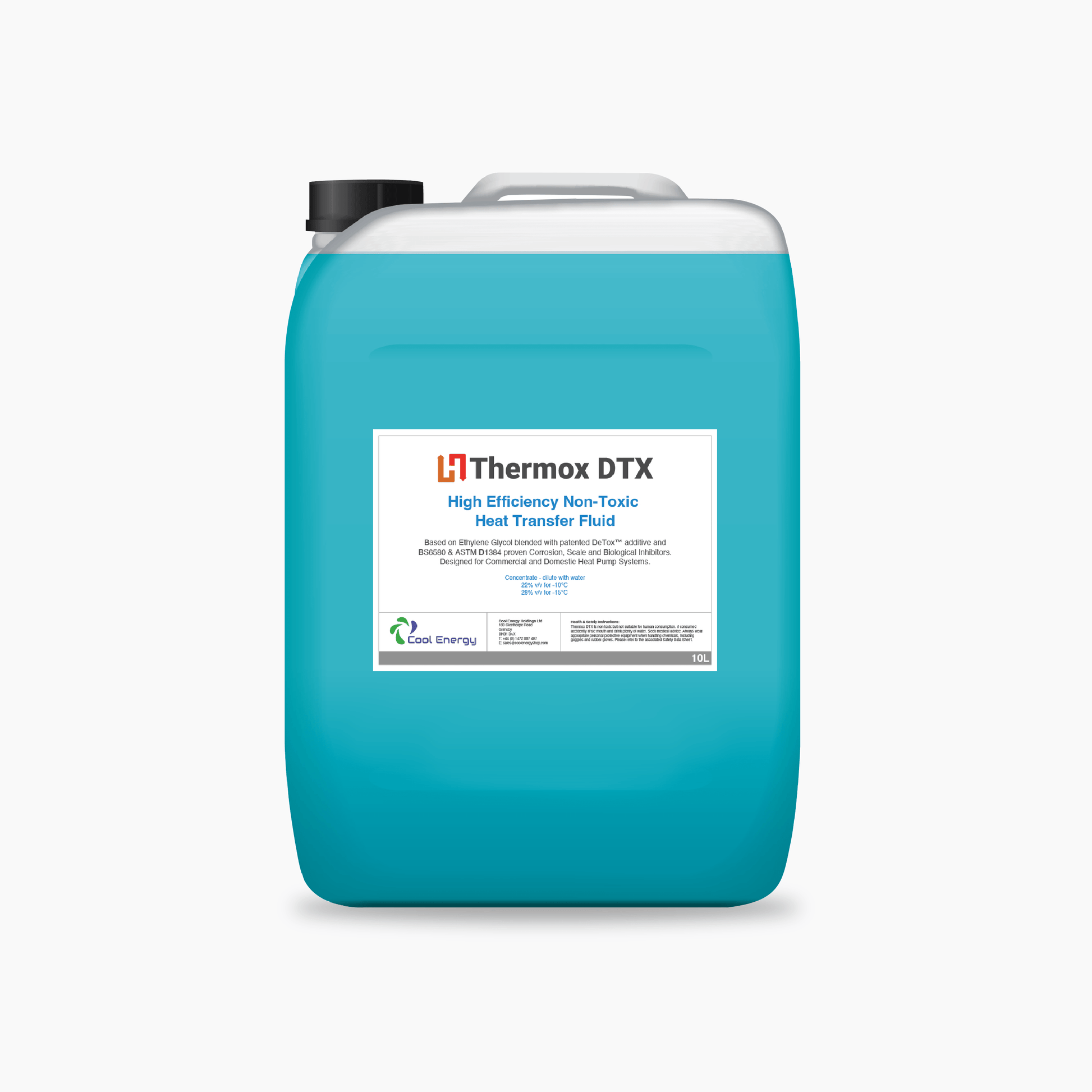How to Pick the Best Heat Transfer Fluid for Industrial Applications
How to Pick the Best Heat Transfer Fluid for Industrial Applications
Blog Article
The Function of Heat Transfer Fluid in Enhancing System Efficiency and Safety
In the ever-evolving landscape of commercial procedures, warmth transfer liquids (HTFs) emerge as essential components in optimizing both system performance and safety. These specialized fluids, known for their superior thermal conductivity and regulated thickness, allow effective warm exchange, which is important for streamlined operations.
Understanding Warmth Transfer Fluids
Heat transfer liquids, typically considered the lifeline of thermal administration systems, play a pivotal function in regulating temperature level across numerous industrial applications. These liquids are necessary in processes where warmth should be either soaked up or dissipated to preserve optimum operating conditions. Industries such as chemical handling, power generation, and manufacturing rely on warm transfer liquids to make sure equipment operates successfully and safely. By promoting the transfer of thermal energy, these liquids help in stopping overheating, therefore lengthening the life expectancy of equipment and reducing downtime.
The choice of an ideal warmth transfer fluid is important to the success of a thermal monitoring system. Understanding the nature and function of these fluids includes identifying their ability to absorb, transport, and release heat effectively. Heat transfer fluids can be extensively categorized into different kinds, consisting of water-based, glycol-based, and artificial oils, each with its details applications and benefits. The choice of fluid depends on elements such as temperature variety, thermal stability, and compatibility with system products. In recap, a detailed understanding of warmth transfer liquids is essential for maximizing system efficiency, making certain functional safety and security, and achieving cost-efficient thermal administration remedies.
Trick Properties of HTFs

The certain heat capability of an HTF delineates the quantity of heat required to alter its temperature, affecting how efficiently the system can reply to temperature variants. The boiling and freezing factors of HTFs likewise play a crucial role, specifically in systems exposed to severe temperature levels, guaranteeing liquid stability and protecting against stage adjustments during procedure. In addition, the chemical stability of HTFs under varying thermal problems is vital to avoid destruction and extend fluid life. Finally, compatibility with system materials is essential to avoid rust and product degradation, guaranteeing long-lasting functional integrity. These residential properties jointly notify the option of an ideal HTF for specific industrial applications.
Enhancing System Efficiency
To boost system directory performance with warmth transfer fluids (HTFs), it is essential to incorporate an extensive strategy that thinks about both fluid residential or commercial properties and system layout. The choice of an appropriate HTF is essential, as its thermal conductivity, viscosity, and certain heat capability directly impact the efficiency of warm exchange.
Similarly crucial is the style of the warm transfer system itself. The surface location and product of heat exchangers ought to be optimized to optimize warmth transfer performance.
Boosting Operational Safety And Security
Making certain functional safety and security in warmth transfer systems needs a careful emphasis on both the residential properties of heat transfer fluids (HTFs) and the design and upkeep of the whole system. HTFs need to have thermal stability, low flammability, and appropriate thickness to decrease threats such as leaks, fires, and system malfunctions. Selecting the best HTF is essential as it identifies the system's ability to take care of temperature level changes without jeopardizing safety.
The layout of the system must integrate redundancies and fail-safes to manage possible dangers effectively. This includes the assimilation of safety and security valves, stress alleviation devices, and temperature level tracking systems to discover and address abnormalities quickly. Regular upkeep is necessary to make certain that all elements, including pumps, pipelines, and seals, are functioning appropriately and are devoid of wear or corrosion, which might result in unsafe leaks or failings.
Additionally, employees liable for the procedure and upkeep of warm transfer systems have to be effectively trained in safety and security protocols and emergency situation response treatments. Regular training programs and security drills can dramatically decrease the likelihood of mishaps, ensuring a much safer working setting. Ultimately, a detailed approach to security-- incorporating liquid selection, system style, and labor force training-- is essential for ideal functional safety and security.
Sector Applications of HTFs
Widely made use of throughout various fields, warm transfer fluids (HTFs) play an essential function in boosting this content the efficiency and reliability of thermal administration systems. In the chemical market, HTFs are indispensable for maintaining precise temperatures during click resources reactions, making sure item uniformity and top quality. They facilitate heat exchange processes in activators, condensers, and warmth exchangers, therefore maximizing power usage and minimizing waste.
In the oil and gas sector, HTFs are employed in both upstream and downstream operations. They manage temperature in drilling procedures and boost performance in refining procedures by providing stable thermal problems. This causes lowered downtime and boosted safety and security, specifically in essential procedures such as purification and splitting.
The renewable resource sector also benefits significantly from HTFs, specifically in focused solar energy (CSP) plants. Right here, HTFs transfer recorded solar power to power wind turbines, allowing efficient electricity generation. The pharmaceutical sector counts on HTFs for exact temperature level control in both synthesis and storage, ensuring item effectiveness and safety and security.


In addition, the food and beverage sector makes use of HTFs for pasteurization, sterilization, and food preparation processes, enhancing both item safety and manufacturing efficiency. Across these sectors, HTFs work as crucial elements in preserving optimum operational performance and safety and security.
Final Thought
Heat transfer fluids are vital in boosting commercial system performance and safety by using high thermal conductivity, optimum thickness, and thermal stability. Appropriate choice and upkeep of HTFs boost warmth exchange efficiency, thus improving functional performance.
Report this page